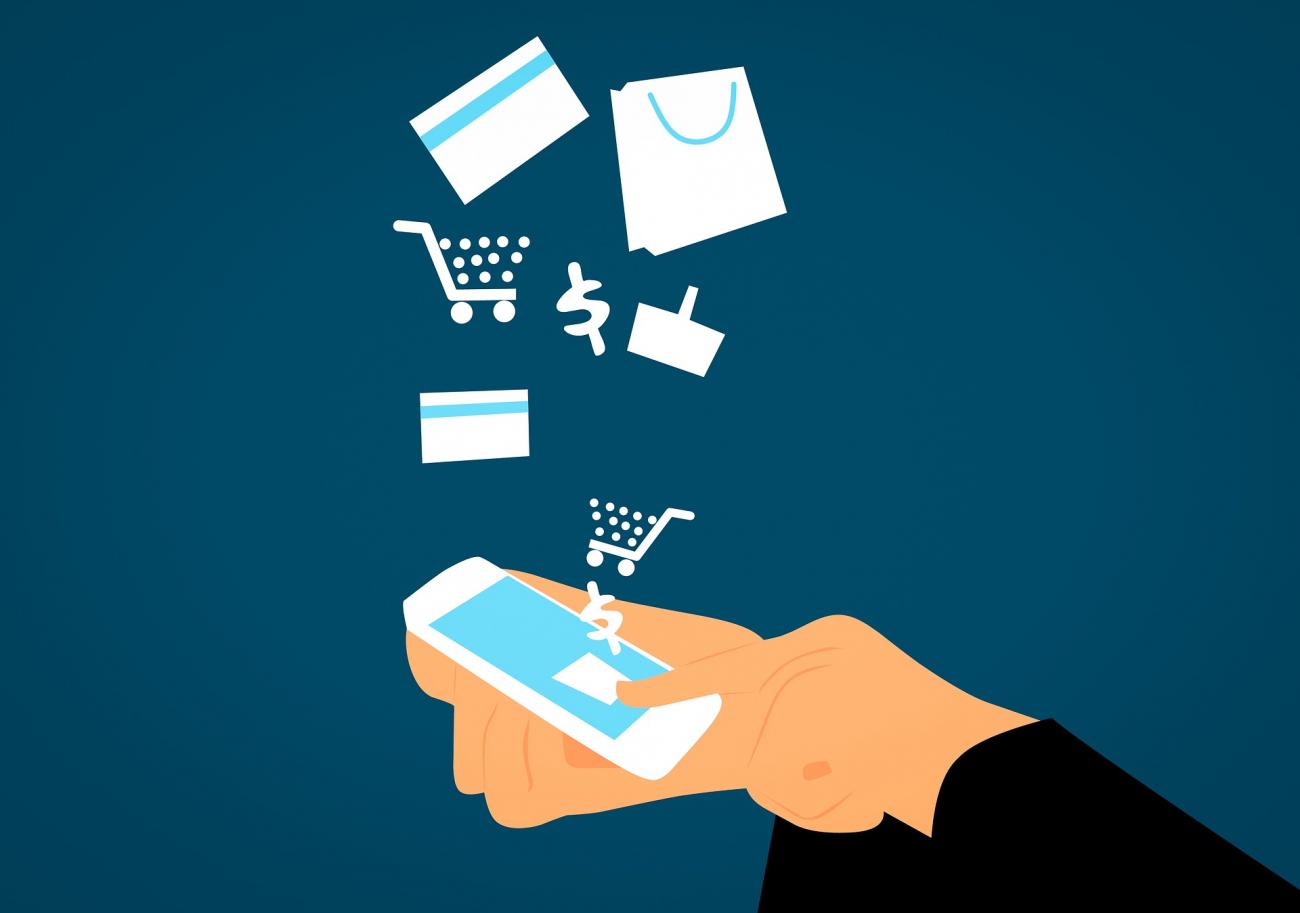Coveo, a software-as-a-service search engine powered by artificial intelligence, issued its first Relevance Report in January 2021, which found that retailers often fail to meet shoppers’ rising digital expectations.
Twelve months on, the group sought to find out whether the situation had improved. At first glance, 91 percent of respondents encountered at least one problem when shopping online over the past year, citing issues such as slow websites (35 percent), not finding what they want (34 percent), and disorganized site or app navigation (29 percent). Despite lockdown restrictions loosening in recent months, shopping online remains a primary mode of consumption for many of us. We examined what consumers crave from their digital experiences, and how businesses can better meet this relevance challenge in 2022 and beyond.
Ninety-three percent of consumers expect the online shopping experience to be at least equal to, if not better, than in-store — an increase from last year’s figure of 90 percent.
Time Is Precious
If nine out of 10 consumers expect the online shopping experience to be at least equal to recently reopened brick and mortar stores, then retailers need to prioritize elevating that experience. Personalization is key — retailers need to know what shoppers want from their sites.
Separate from that, they need to ask: Where are consumers starting their journeys? When asked how they typically discover products online, respondents were given the option to choose more than one source. However, of the 44 percent who selected only one answer, one-third (32 percent) said they do so through Google or a search engine, 30 percent start their search on Amazon, and only 16 percent search directly on a specific retailer’s site. The resounding outcome being the time consumers spend on a site is precious and valuable when so many other options are out there. Retailers need to make it count.
Reducing the Experience Gap
One of the reasons consumers are not going directly to brands is because those brands have not set themselves apart as being memorable. Sixty-eight percent confirm that personalized or relevant experiences are still not often provided when shopping online. With sites like Google and Amazon offering convenience, a recollection of previous preferences, or data-driven recommendations for future purchases; it’s easy to see how this experience disparity is created.
Recurring problems for consumers include website navigation (32 percent), search deficiencies (29 percent), post-transaction problems (27 percent) and, vitally, customer service shortfalls (48 percent). Fortunately, there are ways to bridge this gap. Ways that consumers are not only listing — but are willing to pay for.
Today’s Youth Signal What Tomorrow Has in Store
To capitalize on the opportunities already listed, retailers should consider tapping into the preferences of younger demographics — the Millennial and Generation Z respondents. What they want from their present and future retail experiences represent what tomorrow’s relevance parameters will include. For example, while 46 percent of the overall sample listed reasons to veer away from Amazon, this number rose to 53 percent among the 18 to 24 year olds.
Despite 59 percent of people agreeing they are concerned about how their data is being used by retailers, 51 percent confirmed they would still be more likely to share personal data with a brand they trust.



